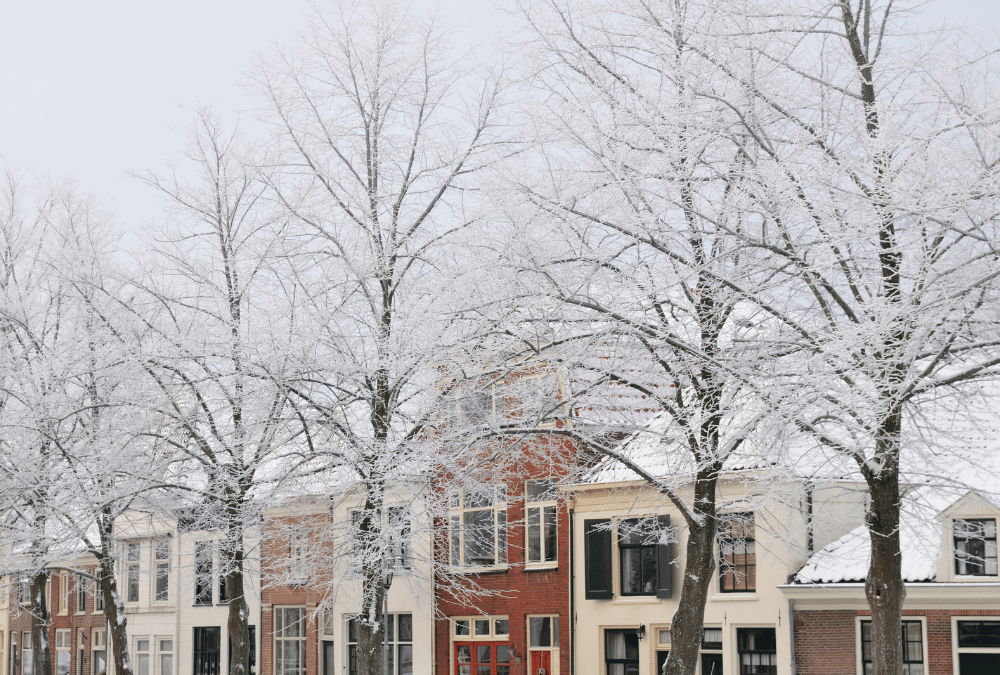In cold climates, winter can be tough on trees. The combination of freezing temperatures, high winds, and heavy snow can damage even the strongest trees. There are steps you can take to help your trees weather the winter months. Here are some tips for preventing winter tree damage in cold climates.
Wintertime can be difficult for the trees in cold climate zones, as they incur damage caused by heavy snowfall and freezing temperatures. This damage can take many forms, ranging from broken branches to bark splitting due to the expansion of ice within tree tissue. If left unaddressed, winter tree damage can weaken a tree’s structure.
How Can Trees Get Damaged In The Winter?
 Winter can be a difficult season for trees; because of their delicate structures, they can suffer damage from the impacts of snow and ice, as well as extreme temperatures. Snow accumulations can cause branches to snap and trunks to split under accumulated weight. Ice can snap even healthy branches when it forms on them. Meanwhile, extremely cold temperatures can cause a tree’s sap to freeze, further weakening its hardiest elements. Trees weakened from winter challenges are more susceptible to disease and insect infestations in the spring when these threats emerge. During dry parts of the winter, trees may get damaged from low amounts of water as well. For some types of trees, you can wrap screen mesh, burlap, or frost blanket across susceptible tree trunks and low branches. Girdling prevents animals from reaching the fragile bark and protects against frost cracking.
Winter can be a difficult season for trees; because of their delicate structures, they can suffer damage from the impacts of snow and ice, as well as extreme temperatures. Snow accumulations can cause branches to snap and trunks to split under accumulated weight. Ice can snap even healthy branches when it forms on them. Meanwhile, extremely cold temperatures can cause a tree’s sap to freeze, further weakening its hardiest elements. Trees weakened from winter challenges are more susceptible to disease and insect infestations in the spring when these threats emerge. During dry parts of the winter, trees may get damaged from low amounts of water as well. For some types of trees, you can wrap screen mesh, burlap, or frost blanket across susceptible tree trunks and low branches. Girdling prevents animals from reaching the fragile bark and protects against frost cracking.
Easy Tips On Preventing Tree Damage
One tip is to inspect the tree for signs of insect damage as well as diseases that may have occurred during the warmer months. Additionally, make sure that you are using fertilizer at appropriate times, often in the late fall months before the ground fully freezes. Mulching your trees can also provide insulation from extreme temperatures. You can also try a straw blanket as insulation from the cold. Sunscalding from winter winds, prevent excessive freezing and thawing cycles, and reduces compaction due to snowfall. Finally, it can be helpful to water your tree occasionally during winter if the temperature rises above freezing.
 Tree damage in cold climates can be prevented and treated. Following these tips can help ensure that your trees make it safely through the cold winter season. If you have any questions about the health of your trees, contact us today!
Tree damage in cold climates can be prevented and treated. Following these tips can help ensure that your trees make it safely through the cold winter season. If you have any questions about the health of your trees, contact us today!

